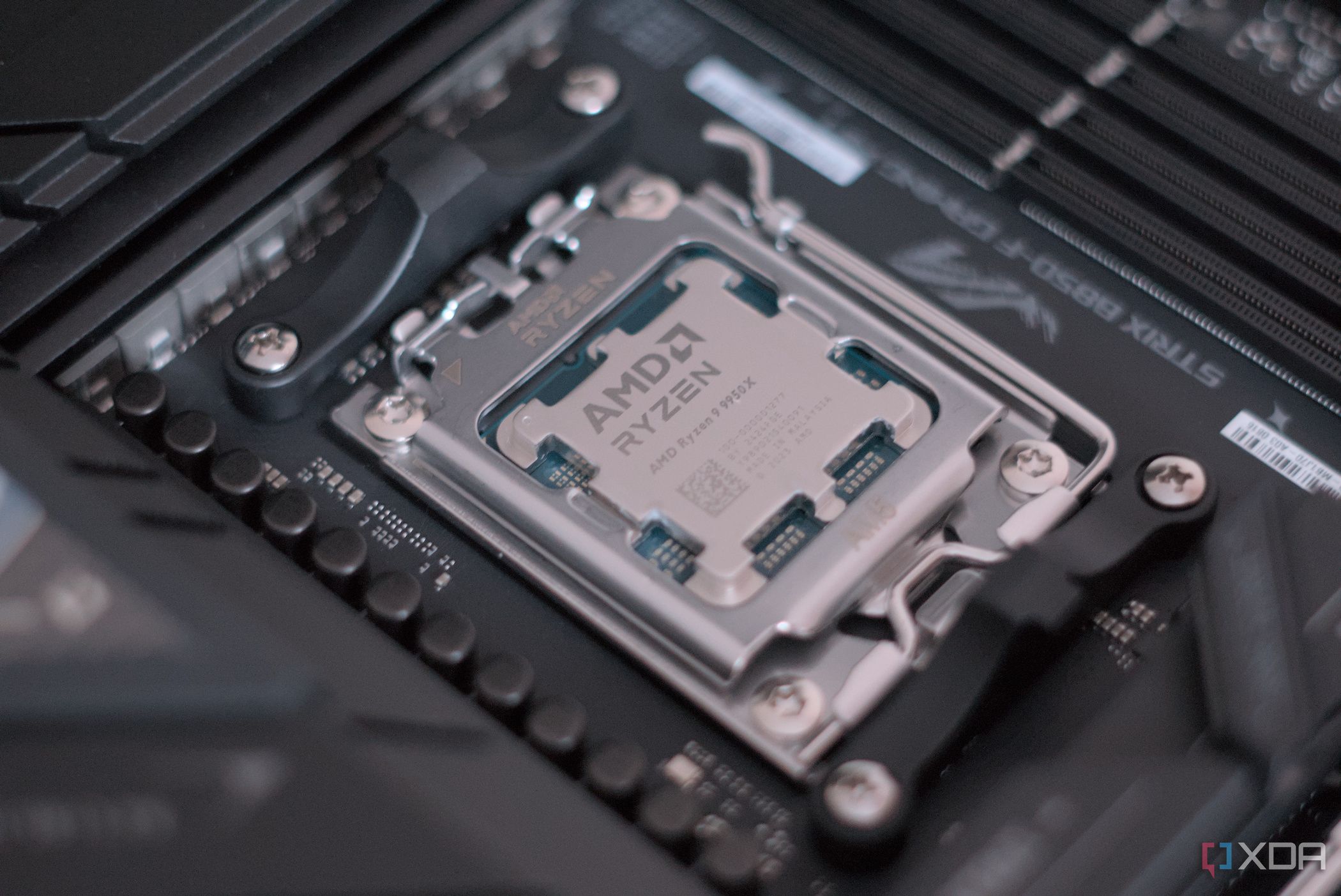Summary
- Windows displays two processor speeds: first is arbitrary brand string, second is actual calculated speed.
- The brand string can be unreliable and spoofed, while the calculated speed provides accurate information.
- Microsoft engineer Raymond Chen explains the difference, suggesting potential for clearer wording in Windows.
While it's not the only factor at play, a PC's CPU and its clock speed greatly determine how your machine will perform under various circumstances. And although not everyone can afford the latest and the greatest, it's value for money that ends up being the primary factor when you're considering purchasing a new PC or upgrading your existing machine's hardware. To that end, it can become slightly confusing if your Windows machine is showing you two clock speeds for the processor it houses, especially if those figures are different. Now, Microsoft has attempted to shed some light on this topic.
Which number should you rely on?

In a very brief, but insightful, blog post, veteran Microsoft engineer Raymond Chen has attempted to alleviate concerns when it comes to the processor speeds being reported by Windows PCs. If you run the Windows DirectX Diagnostic Tool (DxDiag) through Windows Run (Win + R > dxdiag), you'll spot the Processor field which contains information about this particular piece of hardware.
In my case, it reads as Intel(R) Core(TM) i7-1065G7 CPU @1.30GHz (8 CPUs), ~1.5GHz. Similarly, the Windows Settings application also shows a similar string under System > About. So, which number should you believe? Is it 1.30GHz or is it 1.50Ghz?
Chen has explained that the string can actually be divided into two parts. The first part is Intel(R) Core(TM) i7-1065G7 CPU @1.30GHz, which is just an arbitrary string of characters that are stored in the CPUID function codes 0x80000002 through 0x80000004 in the Microsoft Reserved Partition (MSR). This is referred to as the "processor brand string", which means that some vendors include the clock speed in this brand, perhaps as a way to make it easier for consumers to detect overclocking. That said, these function codes can be spoofed and altered so they are highly unreliable.
On the other hand, we have the second part of the string: "1.5GHz" in this case. This is the actual speed of your processor as calculated by Windows. What this means is that, in my case, my Windows laptop houses a 1.30GHz processor, but it has been overclocked by around 15% to reach 1.50GHz.
All in all, the reality of displayed clock speeds is quite simple once you get the hang of it, but it's certainly worth a discussion if Microsoft should make this difference clearer semantically through better wording in Windows.
.png)











 English (US) ·
English (US) ·